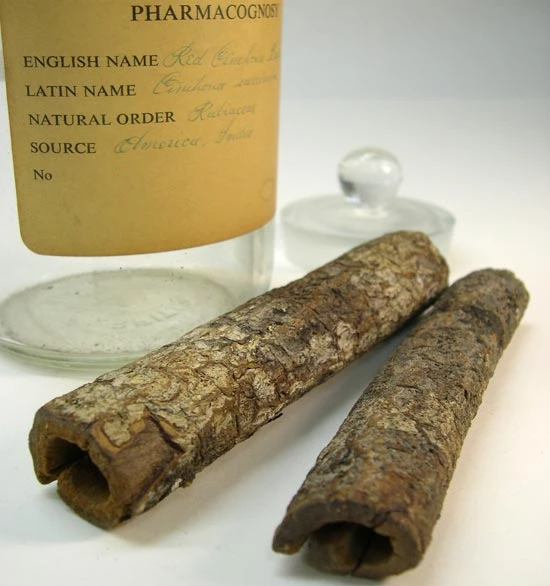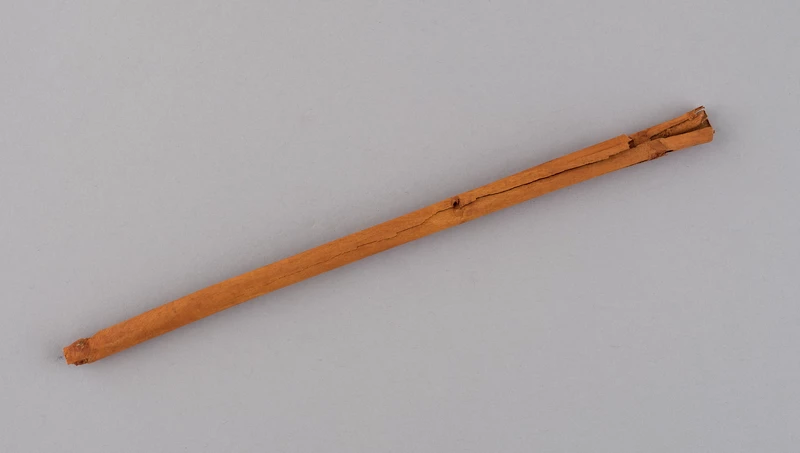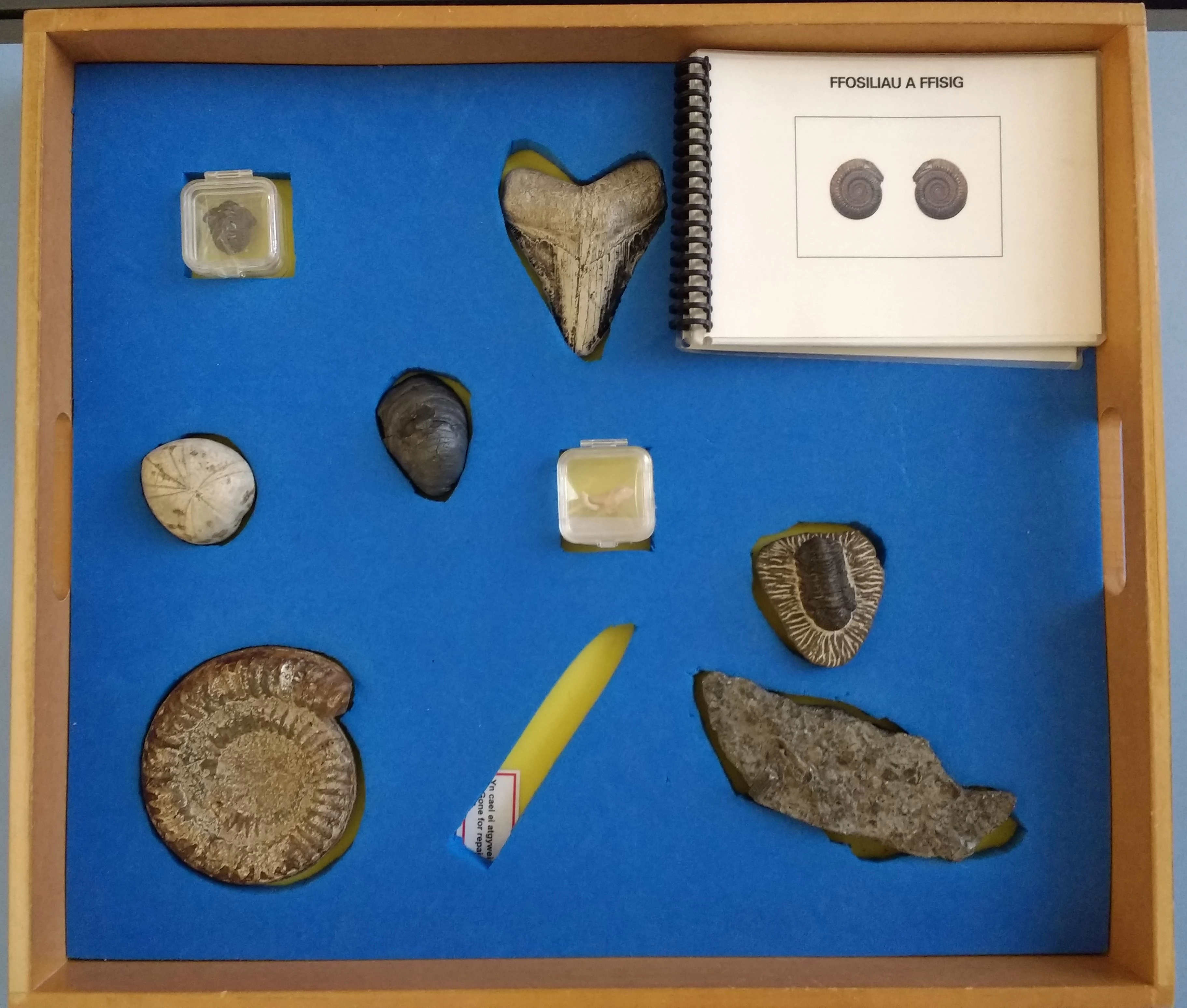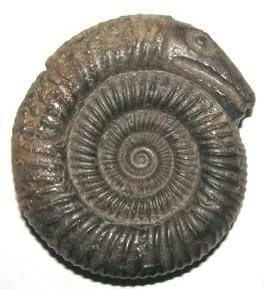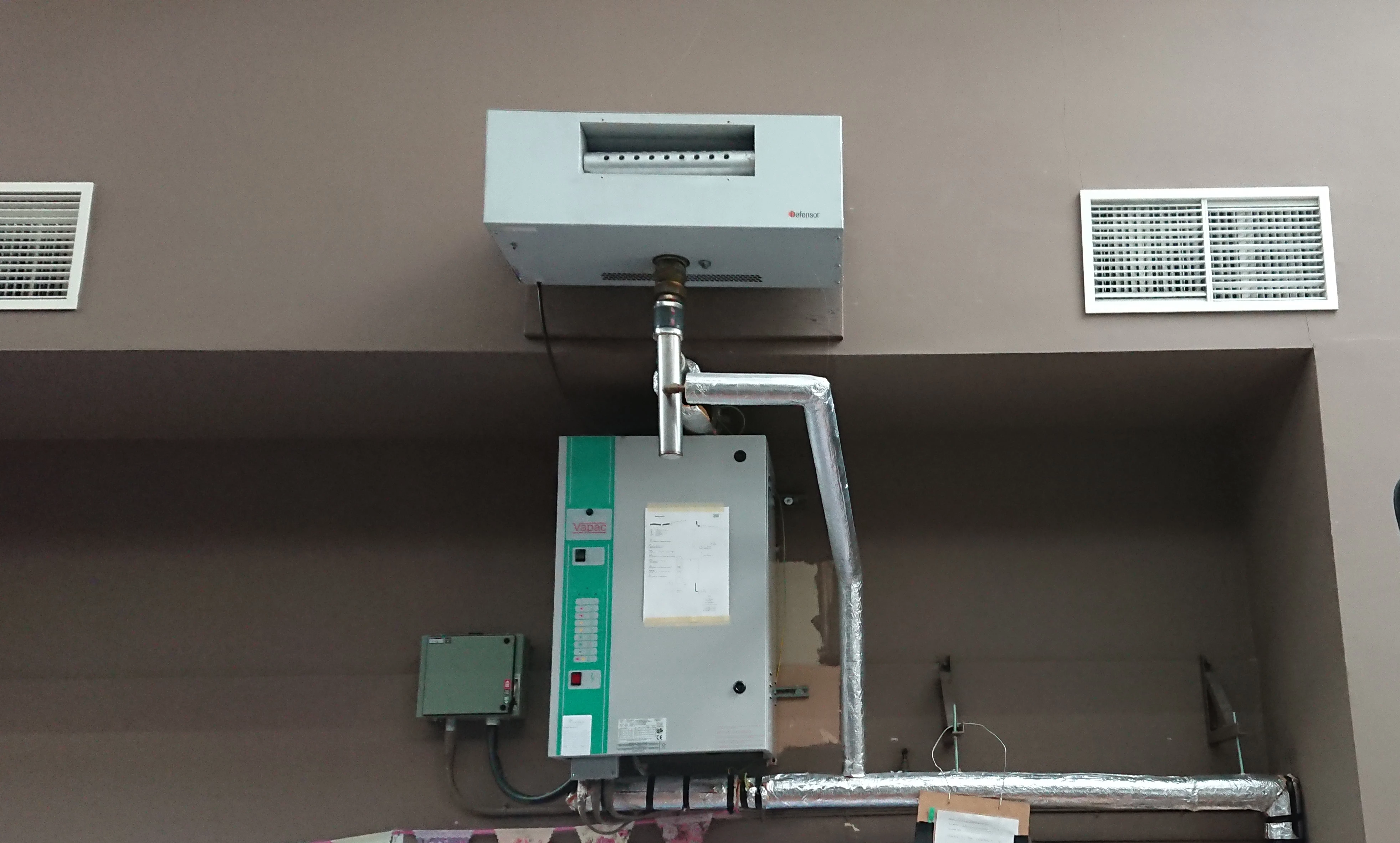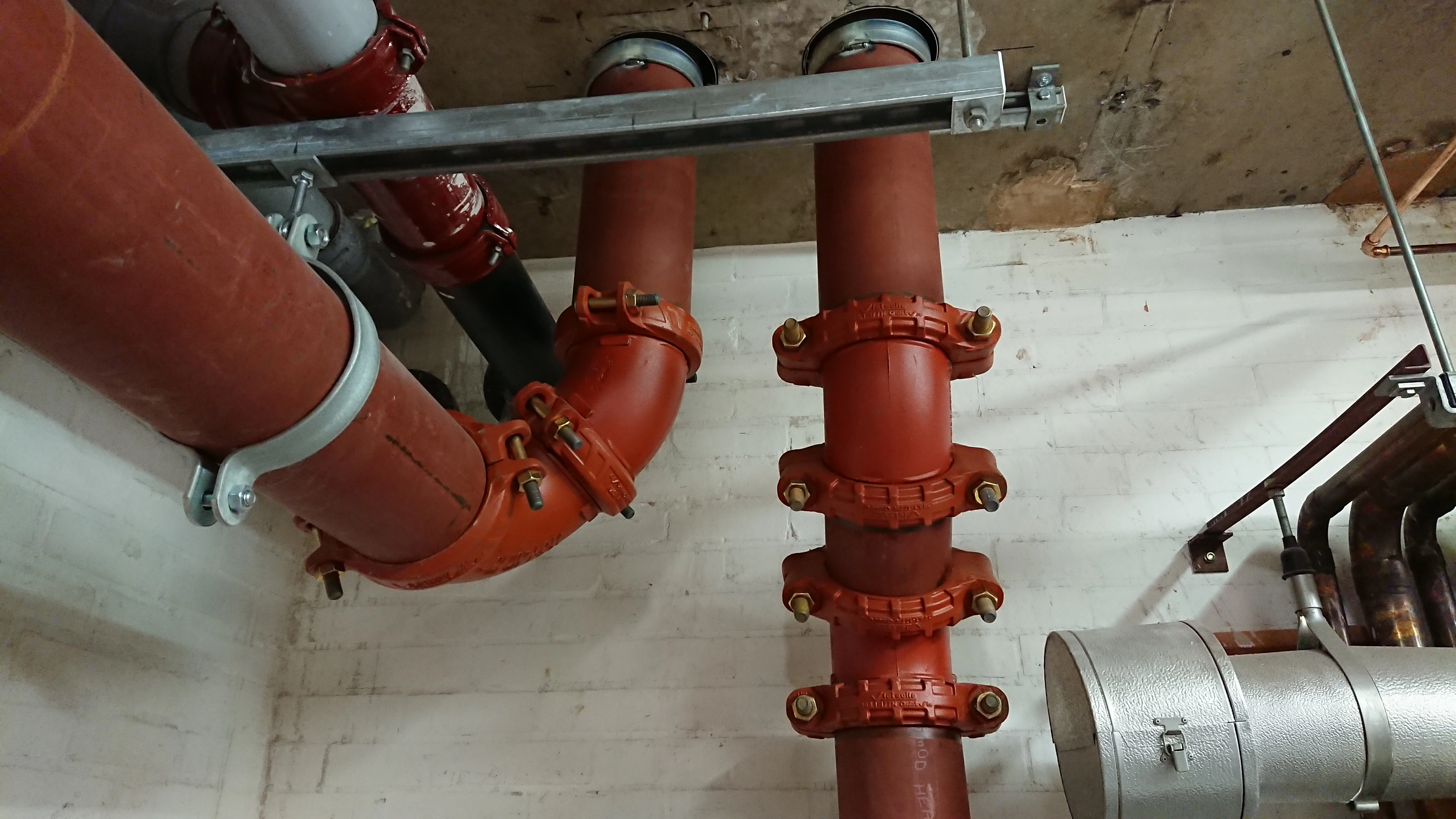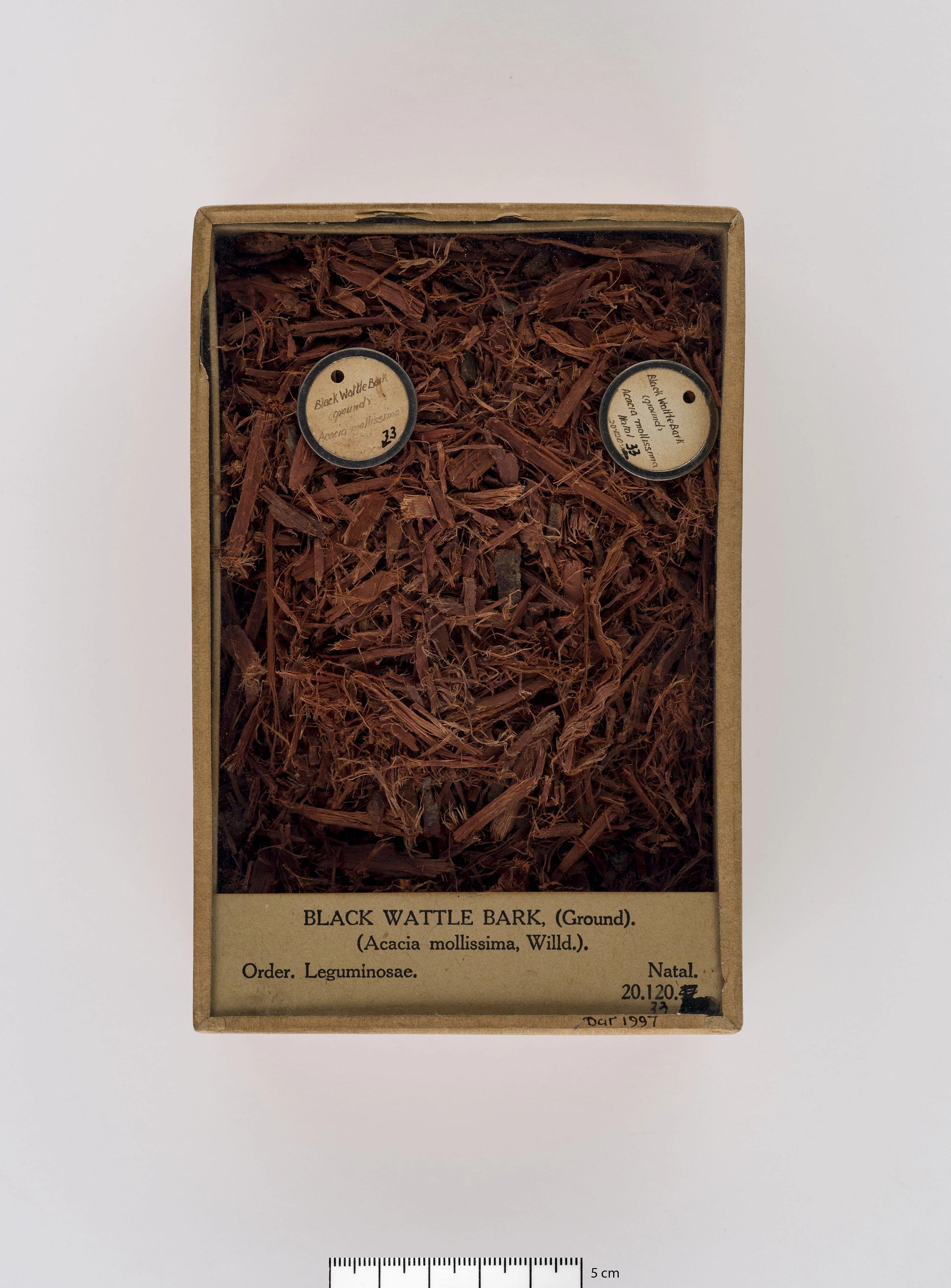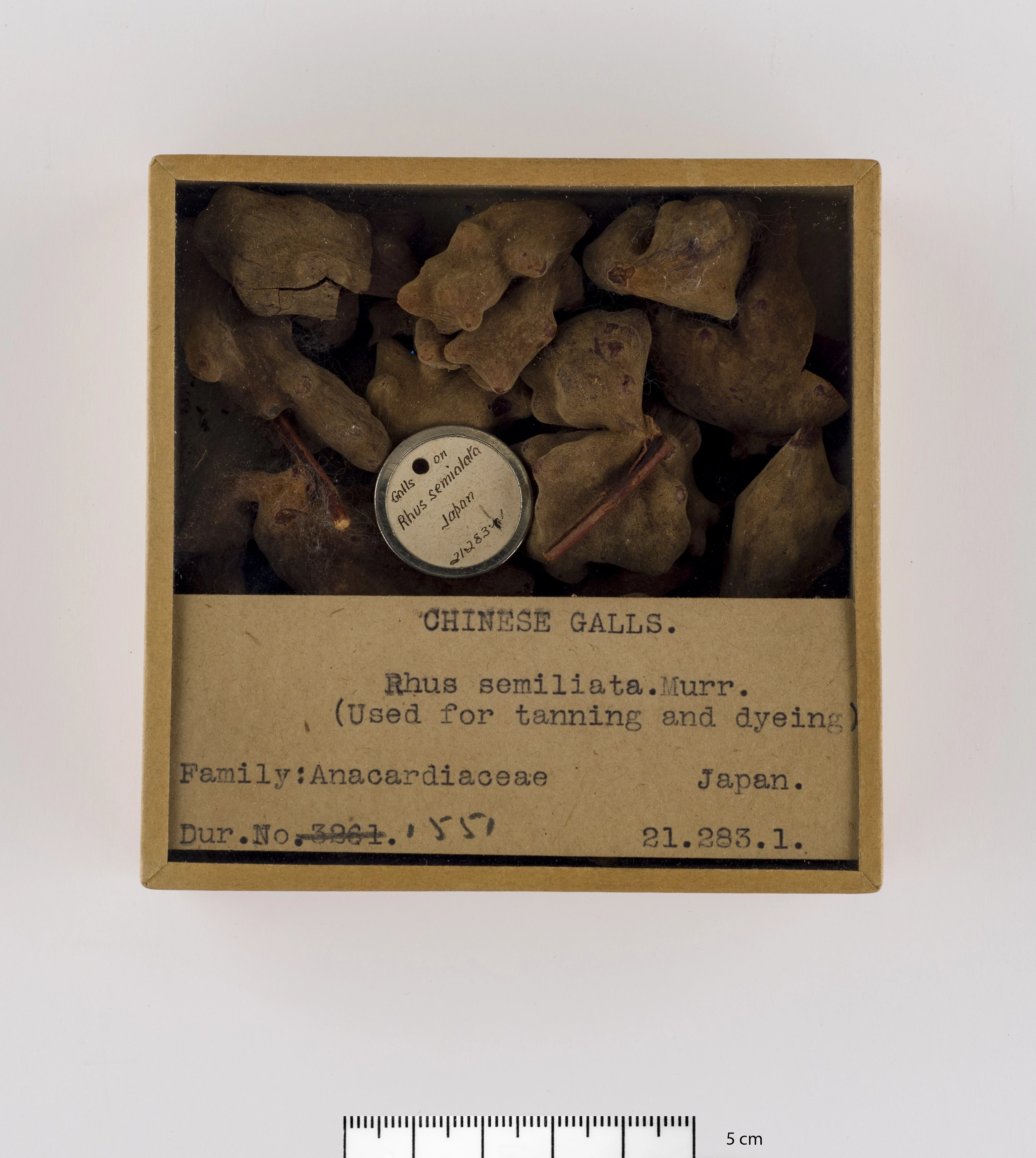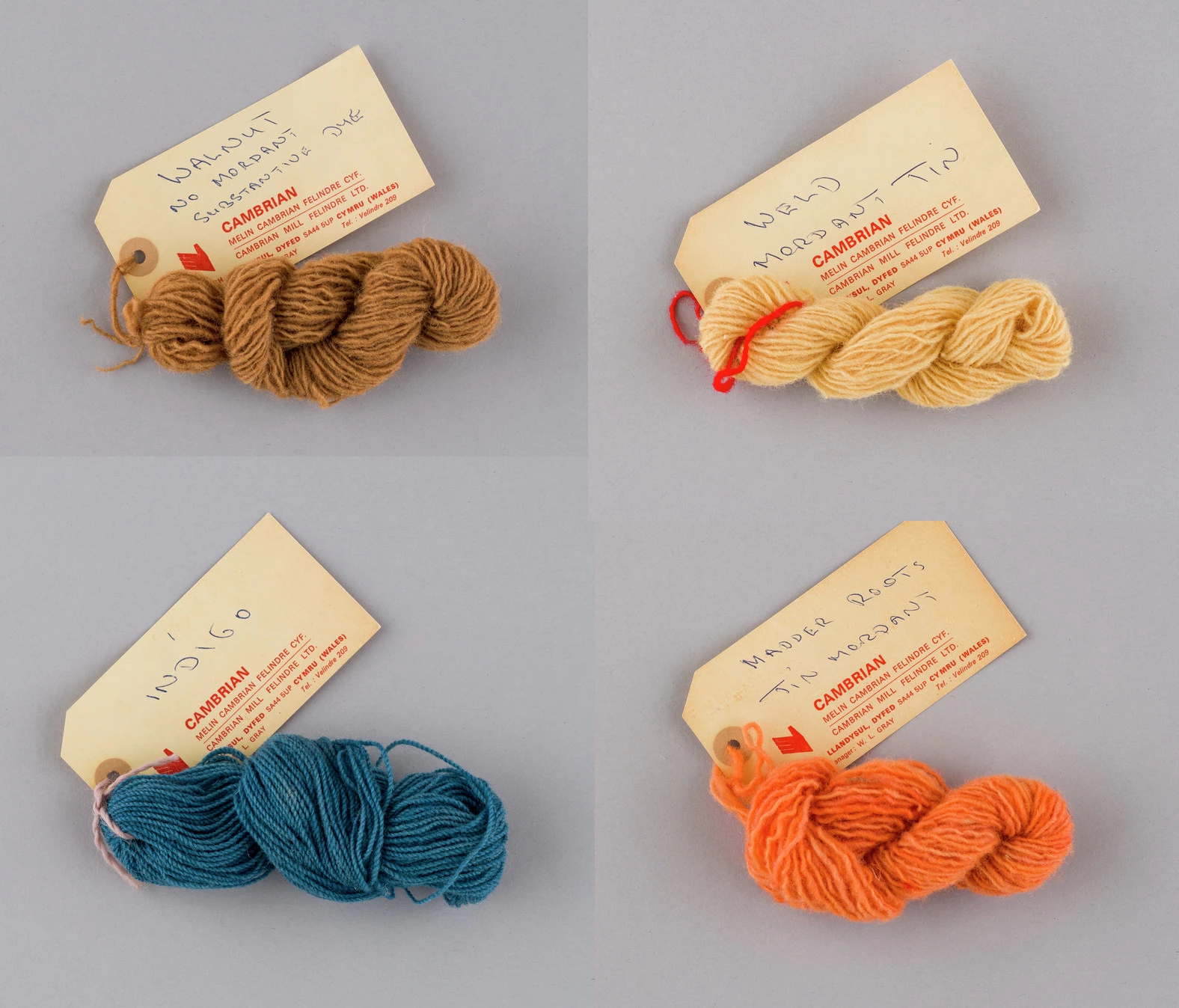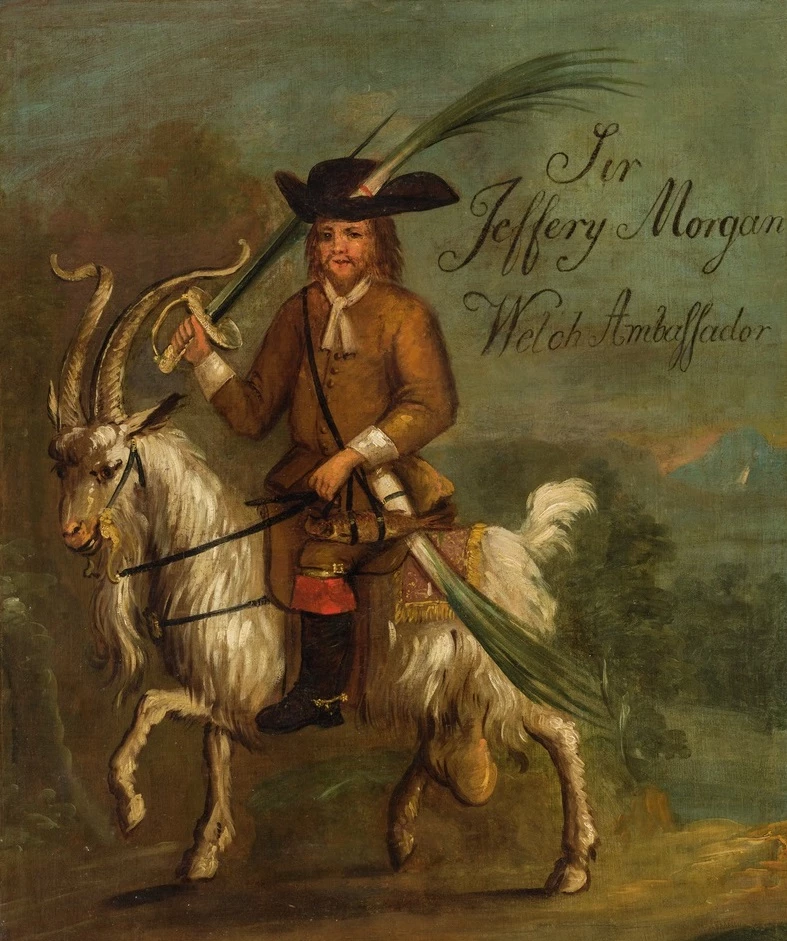Medicinal Plants in the Botany Collections
, 11 March 2019
The Museum's economic botany collection includes 218 specimens of medicinal plants and nearly 500 Materia Medica specimens donated by Prof. Terence Turner (Cardiff School of Pharmacy and Pharmaceutical Sciences). Read more about the Materia Medica collection here.
Economic botany is a term that refers to a group of plants that have recognised societal benefit. The Amgueddfa Cymru – National Museum Wales economic botany collection contains over 5,500 plant-based specimens, together with 12,000 timber specimens. Categories within the collection include medicinal plants; food products; dyes and tannins; gums, resins and fibres; and seeds.
The Americas: Coca Kola and Quinine
The medicinal plants collection includes a range of plants from the North Americas used in Native American herbal medicine, including Euonymus atropurpureus (Burning bush), Grindelia species (Gumweed), Sanguinaria canadensis (Blood root) and Ulmus rubra (Slippery Elm bark).
The collection also features a range of medicinal plants used by indigenous peoples in South America including the leaves of Erythroxylum coca (Coca) – considered a stimulant. Cola vera nuts and Erythroxylum coca leaves were used as ingredients of an early form of Coca Cola.
The collection features a significant range of Cinchona species barks acquired in the 1920s – a source of quinine used to cure malaria.
Asia: Ayurvedic and Chinese Medicine
Within the collection there are a range of medicinal plants from India and South East Asia, including Butea frondosa – said to have been used to achieve enlightenment by Theraveda Buddhists; Strychnos nux-vomica – also known as Poison nut and used in Ayurvedic and Homeopathic medicinal systems. The collection also includes more familiar specimens including Cinnamomum species (Cinnamon), Glycyrrhiza glabra (Licorice), Cassia buds and Senna pods.
Medicinal specimens from the UK
In 1939, prior to World War Two, a range of herbs were added to the collection including Arnica montana, Helleborus niger (Black Hellebore), Calendula officinalis, Inula helenium (Elecampane), Chrysanthemum species and Prunus avium (Wild Cherry) bark. In contrast to some of the earlier acquisitions, these are all plants that can be cultivated in the UK.
More recent acquisitions
After the war, there were only four more additions up until 1973. Of note, include Rauwolfia species (Tropical Africa 1969 and India 1969) – recognised as source of reserpine. The 1970s were a more lively time for the collection with 38 additions – perhaps driven by the interest of the Botany Keeper at the time, S.G. Harrison. In 1973–1981, exotic plants were added including Aloe species – (Aloe barbadensis, A.perryi and A.vera), Eucalyptus species, Maranta arundinacea (Arrowroot), Ipomoea species (Sweet potato), Iris species (Orris), Rheum species (Chinese rhubarb), Ricinus communis (Castor oil fruits), Wild Tonka Beans (used in perfumery and source of Coumarin), Derris species – considered to have laxative and carminative properties and used for anti-arthritis treatment, Frangula alnus (Alder buckthorn), Colubrina elliptica (the bark is used for a popular drink in the West Indies, Maubi).
In 2017–2018 Poppy Nicol worked with Heather Pardoe to explore the economic botany collection and its relevance for helping us understand biodiversity and the importance of plants for health and well-being. You can read more about the Sharing Stories Sharing Collections Project.
The People & Plants exhibition runs until this Sunday 17 March 2019 at National Museum Cardiff.
This article is by Poppy Nicol, a visiting researcher from Cardiff University.

